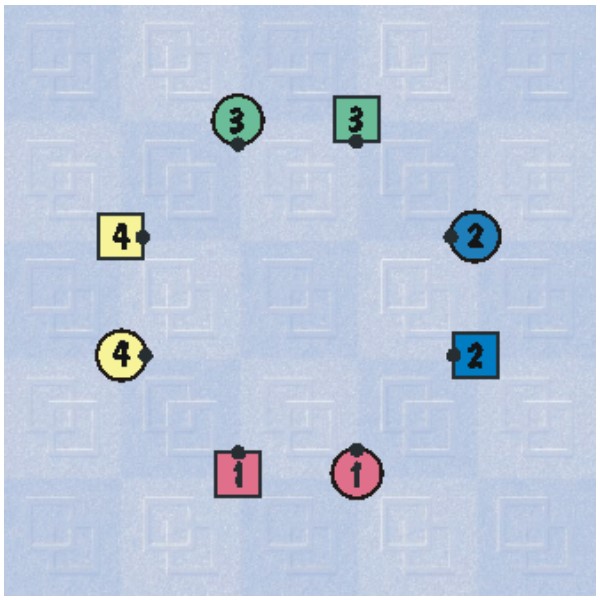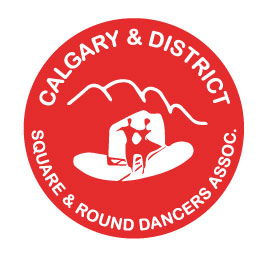
In a square dance, four couples are arranged in a square, with one couple on each side, facing the middle of the square. Within a couple, the man is usually on the left and the lady on the right. The couples are numbered counter-clockwise around the square. Couple number one is the couple with their back to the caller. Couples one and three are called the “head” couples and couples two and four are called the “side” couples.
During a dance, the dancers are prompted through a sequence of moves by a caller. In Modern Western Square Dancing, the dancers know the individual moves, but do not know in what order they will be called. They trust the caller to return them to their home position and with their original partner by the end of the dance sequence.
The moves in Modern Western Square Dancing are standardized by Callerlab, the “International Association of Square Dance Callers”, so that they are the same world-wide. Callerlab provides a recommended teaching order, which divides the moves into three groups by increasing level of complexity: Basic One (32 moves), Basic Two (16 moves) and Mainstream (19 moves). Once dancers have mastered these groups of moves, there are other levels of square dancing, known as Plus, Advanced and Challenge.
Visit our Traditional Square Dance page for information about the “Traditional” or “Old Time” style of square dancing.
